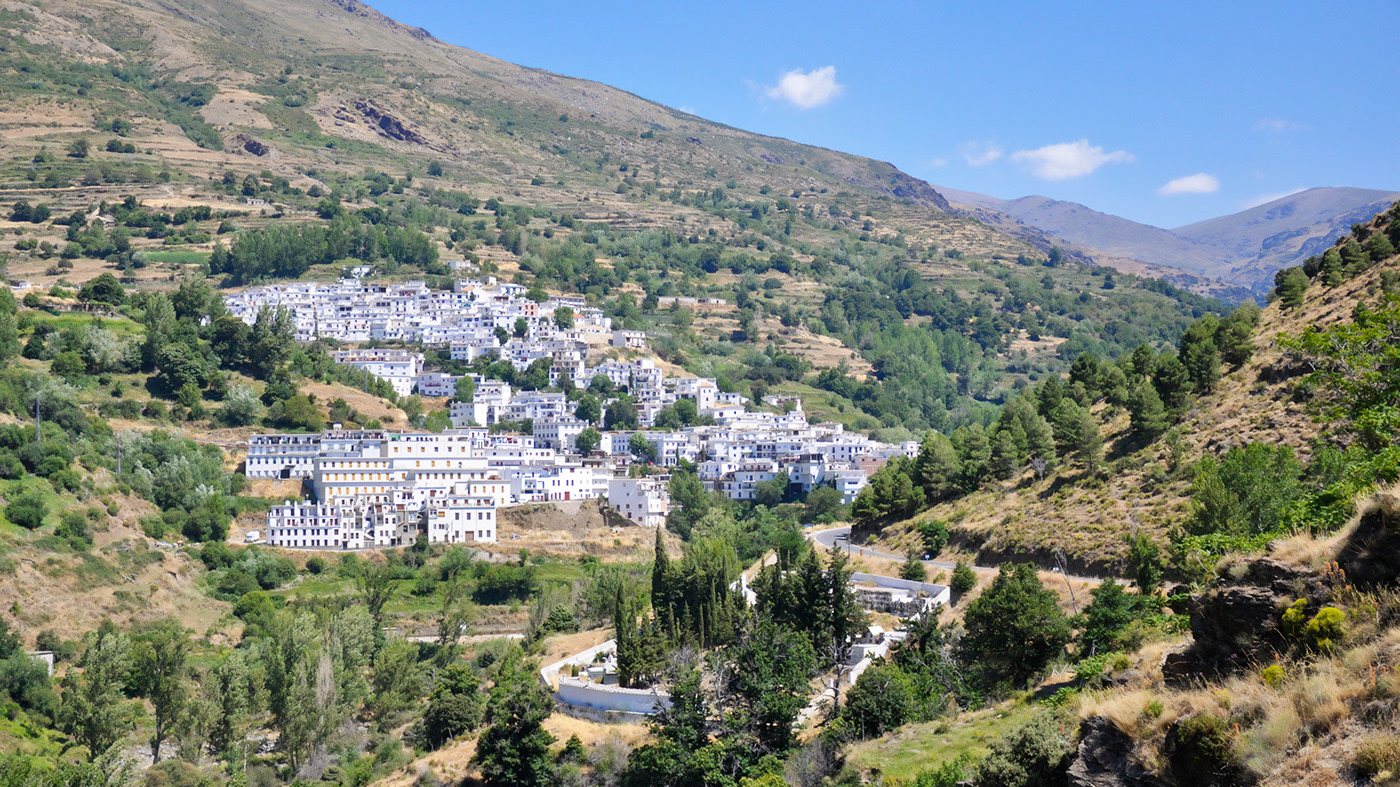Rice is one of the most important crops grown in Nepal, and its cultivation has a long history in the country. It is a staple food for millions of Nepalese people and is an essential part of the country's agriculture and economy.
Rice cultivation in Nepal typically takes place in the lowlands, particularly in the Terai region, where the climate and soil are well-suited for rice cultivation. The rice-growing season in Nepal usually starts in May and lasts until September or October.
Rice is primarily grown using traditional methods, with farmers relying on rainfall or irrigation to water their crops. The most common varieties of rice grown in Nepal include Basmati, Japonica, and Indica, which are used for a variety of purposes, including domestic consumption, export, and industrial processing.
The cultivation of rice in Nepal is an important source of livelihood for millions of farmers, particularly in rural areas, where agriculture is the mainstay of the economy. The government of Nepal has also launched several initiatives to promote rice cultivation and increase production in the country, including the distribution of improved seed varieties, training programs for farmers, and the expansion of irrigation facilities.
Despite the challenges posed by climate change, soil degradation, and other factors, the cultivation of rice in Nepal remains a vital component of the country's food security and economic development.
in collaboration with High Asia Tours
Special thanks to my Guide Rashmila Ji









